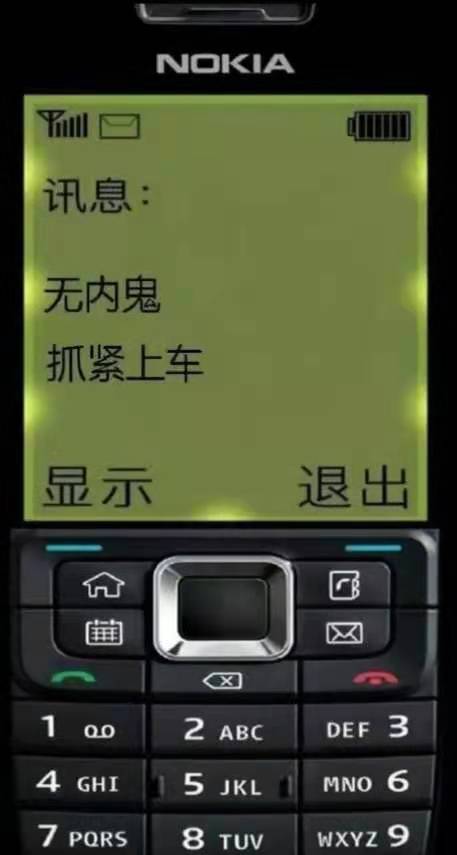這裡給大家分享我在網上總結出來的一些知識,希望對大家有所幫助 一、前言 與link類似 在VUE項目中應用typescript,我們需要引入一個庫vue-property-decorator, 其是基於vue-class-component庫而來,這個庫vue官方推出的一個支持使用class方式來開 ...
這裡給大家分享我在網上總結出來的一些知識,希望對大家有所幫助
一、前言
與link類似
在VUE項目中應用typescript,我們需要引入一個庫vue-property-decorator,
其是基於vue-class-component庫而來,這個庫vue官方推出的一個支持使用class方式來開發vue單文件組件的庫
主要的功能如下:
- methods 可以直接聲明為類的成員方法
- 計算屬性可以被聲明為類的屬性訪問器
- 初始化的 data 可以被聲明為類屬性
- data、render 以及所有的 Vue 生命周期鉤子可以直接作為類的成員方法
- 所有其他屬性,需要放在裝飾器中
二、使用
vue-property-decorator 主要提供了多個裝飾器和一個函數:
- @Prop
- @PropSync
- @Model
- @Watch
- @Provide
- @Inject
- @ProvideReactive
- @InjectReactive
- @Emit
- @Ref
- @Component (由 vue-class-component 提供)
- Mixins (由 vue-class-component 提供)
@Component
Component裝飾器它註明瞭此類為一個Vue組件,因此即使沒有設置選項也不能省略
如果需要定義比如 name、components、filters、directives以及自定義屬性,就可以在Component裝飾器中定義,如下:
import {Component,Vue} from 'vue-property-decorator';
import {componentA,componentB} from '@/components';
@Component({
components:{
componentA,
componentB,
},
directives: {
focus: {
// 指令的定義
inserted: function (el) {
el.focus()
}
}
}
})
export default class YourCompoent extends Vue{
}
computed、data、methods
這裡取消了組件的data和methods屬性,以往data返回對象中的屬性、methods中的方法需要直接定義在Class中,當做類的屬性和方法
@Component
export default class HelloDecorator extends Vue {
count: number = 123 // 類屬性相當於以前的 data
add(): number { // 類方法就是以前的方法
this.count + 1
}
// 獲取計算屬性
get total(): number {
return this.count + 1
}
// 設置計算屬性
set total(param:number): void {
this.count = param
}
}
@props
組件接收屬性的裝飾器,如下使用:
import {Component,Vue,Prop} from vue-property-decorator;
@Component
export default class YourComponent extends Vue {
@Prop(String)
propA:string;
@Prop([String,Number])
propB:string|number;
@Prop({
type: String, // type: [String , Number]
default: 'default value', // 一般為String或Number
//如果是對象或數組的話。預設值從一個工廠函數中返回
// defatult: () => {
// return ['a','b']
// }
required: true,
validator: (value) => {
return [
'InProcess',
'Settled'
].indexOf(value) !== -1
}
})
propC:string;
}
@watch
實際就是Vue中的監聽器,如下:
import { Vue, Component, Watch } from 'vue-property-decorator'
@Component
export default class YourComponent extends Vue {
@Watch('child')
onChildChanged(val: string, oldVal: string) {}
@Watch('person', { immediate: true, deep: true })
onPersonChanged1(val: Person, oldVal: Person) {}
@Watch('person')
onPersonChanged2(val: Person, oldVal: Person) {}
}
@emit
vue-property-decorator 提供的 @Emit 裝飾器就是代替Vue中的事件的觸發$emit,如下:
import {Vue, Component, Emit} from 'vue-property-decorator';
@Component({})
export default class Some extends Vue{
mounted(){
this.$on('emit-todo', function(n) {
console.log(n)
})
this.emitTodo('world');
}
@Emit()
emitTodo(n: string){
console.log('hello');
}
}
三 、總結
可以看到上述typescript版本的vue class的語法與平時javascript版本使用起來還是有很大的不同,多處用到class與裝飾器,但實際上本質是一致的,只有不斷編寫才會得心應手




